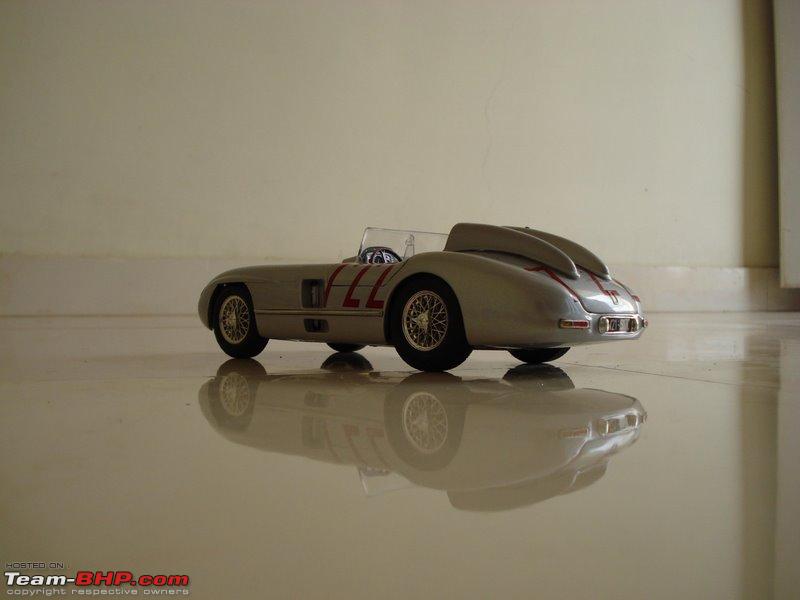|
Congratulations on your kit, scale model building can be a very rewarding hobby & will keep you occupied for hours together on weekends. If you're taking this up seriously I would suggest getting a modeling magazine like 'Fine-Scale Modeler', you don't need a full-scale subscription but just a couple of issues so that you're made aware of scale-modeling intricacies. The assembling & painting instructions that come with the kit are too basic for us to get the models to look like they do on the box-art. A quick tip, modeling tools & paraphernalia is hard to find in India, but tools used by jewelers like aluminum files, tiny drill bits, & fine sanding sheets suit model-making admirably. You'll also need a very sharp & relatively strong craft knife, using razor blades to detach the parts from the sprue will result in small cuts in no time. Quote:
Originally Posted by manishalive  I did not purchased the Glue (it was 18 dollars) with the kit. Now Can any one suggest which Indian Glue to use (will it be feviquick)??? |
Its always best to use tube-cement (usually comes with the kit) for gluing the majority of the parts, the plastic is soft & the tube-cement chemically melts the plastic to get parts to glue together. The most common mistake is using thicker glue lines than is necessary, but you should get the hang of it once you've completed a couple of models. To test cyano-acrylic glues use the sprue & use such glues for the very small & delicate parts only. Tube-cement works slowly & hence its easier to correct alignment after gluing, you don't have that luxury with fast-setting cyano-acrylic glue. Waiting for the parts to set after gluing could extend from a couple of hours to even 24-hours, use rubber-bands to hold things together during setting. By working on multiple models at the same time you can use your time better. Quote:
Originally Posted by manishalive  For the paint I have the Com Paint spray and imported surfacer primer. |
Test paint meant for other uses (like automotive spray-paint) on the sprues to ensure the paint doesn't react with the plastic. Try to use modeling paint as much as possible & best applications are with an airbrush. If you're planning to use spray-paint, test & refine your technique on cardboard scrap before actually painting your model. Paint is one of the most difficult things to get right & sometimes can end up wrecking hours of time spent painstakingly assembling a model. Quote:
Originally Posted by manishalive  Now as per the instructions booklet i am looking for following paints
1. Steel
2. Aluminium
3. Wood
any info is most welcomed. |
Model paint is difficult to get here in India, you could try hobby shops in your city for the right paint or you could try buying it online (lack of availability of model paint is one of the main reasons I lost interest in this engaging & rewarding hobby). Anyway, prior to painting, you might wish to immerse the plastic parts in a mild soap solution to wash off the mold release compound on the parts, this helps the paint to adhere better. It helps to get kits in twos so that you always have a complete set of spares & it also allows you to test paint schemes & decal placement.
Looking forward to seeing your kit being put together & remember, unlike die-cast models, plastic kits are extremely delicate, so if you have kids running around, beware ! 
Last edited by im_srini : 13th August 2009 at 13:19.
| 












 -it was not in a condition to be repaired.
-it was not in a condition to be repaired.